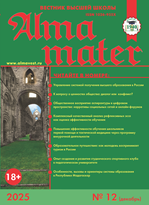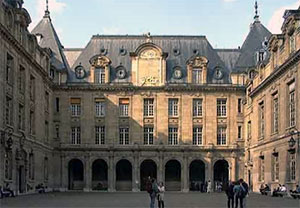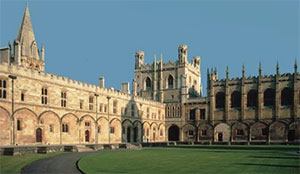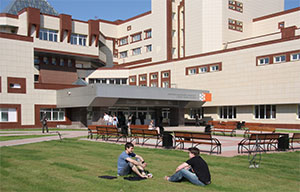UDC 378:53
https://doi.org/10.20339/AM.03-22.059
Alexander F. An, Doctor of Pedagogical Sciences, Associate Professor, Professor of the Department of Physics and Applied mathematics at Murom Institute (branch) Vladimir State University n.a. Alexader Grigoryevich and Nickolay Grigoryevich Stoletovs, e-mail: anaf1@yandex.ru
The main problems associated with teaching physics to future bachelors in technical areas of training are considered. These include the insufficient level of basic readiness of freshmen, necessary for the perception and assimilation of natural science and professionally oriented academic disciplines, low motivation of students to study physics, lack of time allotted for classroom activities. In modern conditions, to improve the quality of physical education in a technical university, a reasonable differentiation of the content of teaching physics is proposed, which is most important for the development of general professional and special disciplines in a specific direction of training, the formation of the competencies of graduates provided for by the Federal State Educational Standard. Successful assimilation of the selected educational material is possible as a result of the implementation of the “flipped learning” model in the educational process.
Key words: technical university, academic discipline, physics, training content, the method of matrices logical connections, the model of “flipped learning”.
References
1. An, A.F., Sokolov, V.M. Fundamentals of competence-based improvement of the physics course at a technical university: monograph. Vladimir: Publishing House of Vladimir State University, 2014. 222 p.
2. Vaganova, V.G. The system of teaching physics for bachelors of technical direction in the information educational environment of the university: Extended abstract of doctoral dissertation (Education). Moscow, 2021. 42 p.
3. Romenets V.A., Morgunov I.B. Methodology for scientifically based curriculum development. Overview information. Moscow: Research Institute of Higher School Problems, 1976. 80 p.
4. Gnitetskaya, T.N. Designing an integral modular technology for teaching physics based on information models of intra- and intersubject connections: Extended abstract of doctoral dissertation (Education). Vladivostok, 2005. 50 p.
5. Sokolov, V.M., Loshkareva, D.A. Structural-logical schemes and matrices of logical connections in the analysis of the content of the educational program. Science and School. 2011. No. 6. P. 32–39.
6. An, A.F., Kutarova, E.I. Basics of designing the content of the discipline “Mathematics” in a technical university. Alma mater (Vestnik vysshey shkoly). 2019. No. 12. P. 82–87. DOI: 10.20339/AM.12-19.082
7. Bergmann, J., Sams, A. Flipped learning: Gateway to Student Engagement. In: International Society for Technology in Education. Eugene, Oregon–Washington, DC, 2014. 169 p.
8. Chao, C.Y., Chen, Y.T., Chuang, K.Y. Exploring students’ learning attitude and achievement in flipped learning supported computer aided design curriculum: A study in high school engineering education. Computer Applications in Engineering Education. 2015. Vol. 23. Iss. 4. P. 514–526. DOI: 10.1002/cae.21622.
9. Antonova, N.L., Merenkov, A.V. Model of “flipped learning” in the system of higher education: problems and contradictions. Integration of Education. 2018. Vol. 22. No. 2. P. 237–247.
10. Nechkina, M.V. Increase the efficiency of the lesson. Communist. 1984. No. 2. P. 50–53.











.png)






